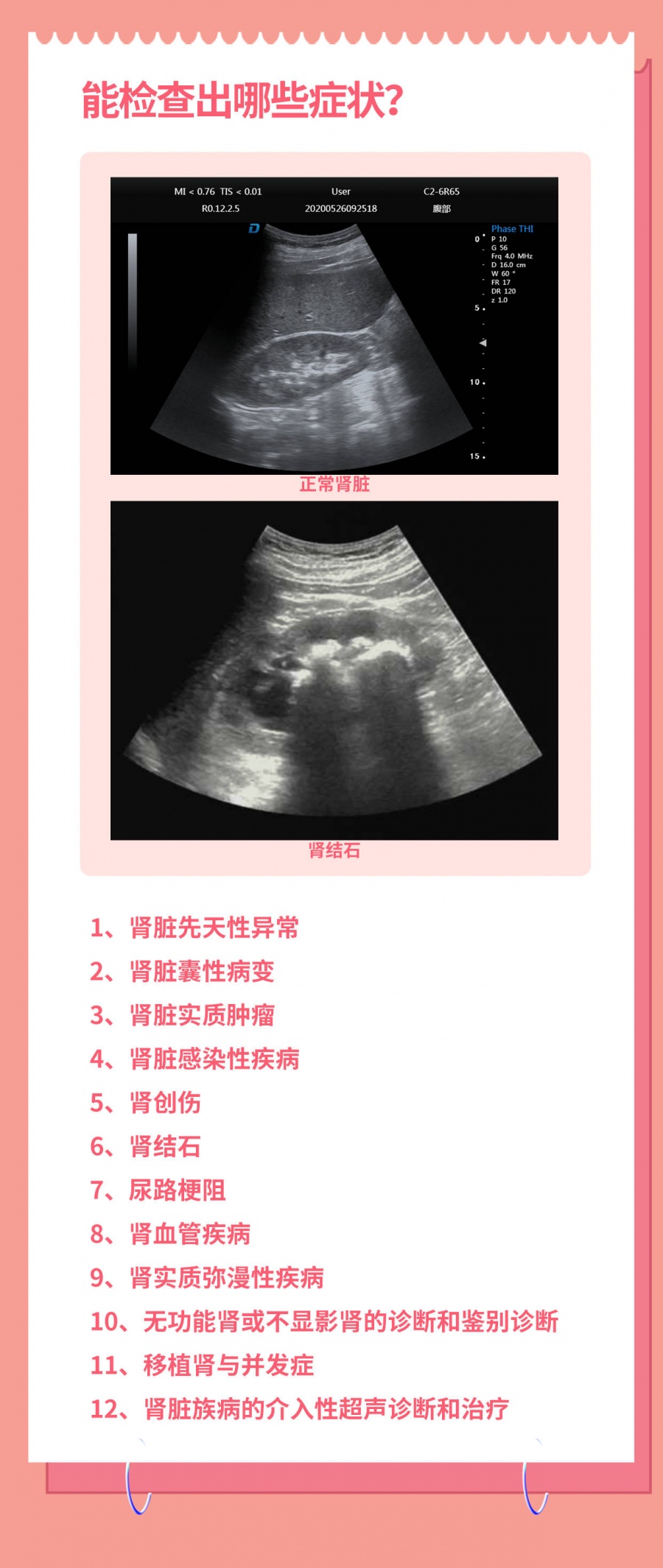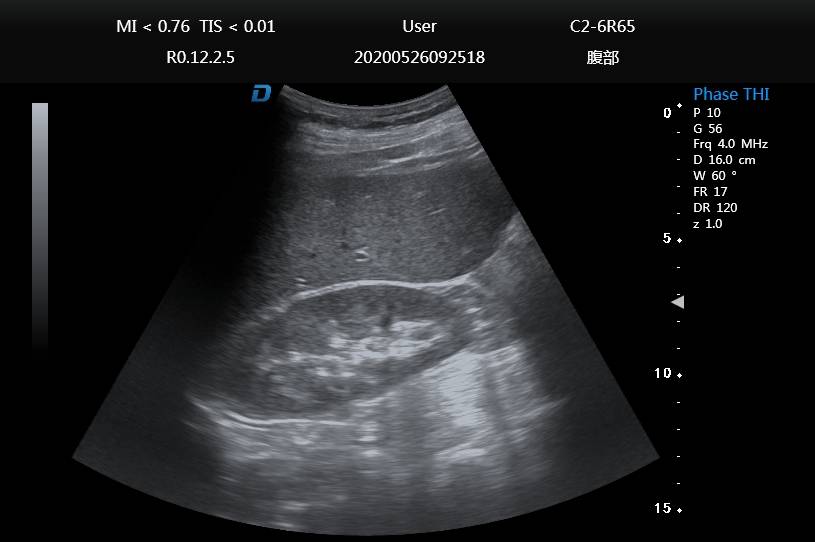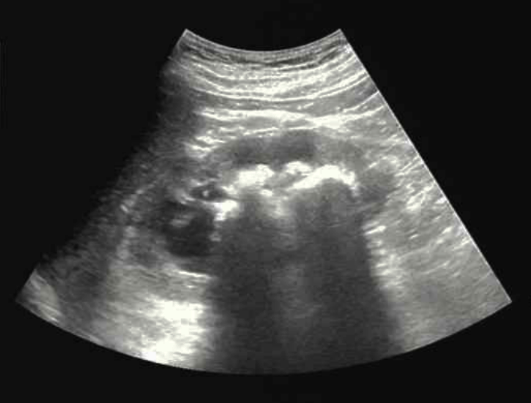Every 10 people, one is a kidney disease patient! On March 9, 2023, the 18th World Kidney Day, the theme of this year's World Kidney Day is 'Kidney Health for Everyone, Everywhere – from Prevention to Detection,' creating a platform for kidney disease knowledge to safeguard kidney health, which has become a global focal point. DaWei Medical, committed to serving human health, continues to promote innovation and high-quality development in the medical device industry, contributing to future health development plans.

The advantages of ultrasound examination for the kidneys:
Ultrasound examination is a commonly used method to assess kidney health, allowing for a rapid evaluation of kidney position, shape, and size. It plays a vital role in diagnosing kidney diseases, monitoring treatment effectiveness, and predicting prognosis. Ultrasound offers several advantages, including being non-invasive, painless, cost-effective, convenient, and not affecting kidney function, making it widely used in clinical practice.

The content of kidney ultrasound examination includes:
Kidney location, shape, size, surgical history, presence of ectopic kidneys, atrophic kidneys, or congenital abnormalities, and the absence of a kidney (solitary kidney).
Measurement of renal cortex and medulla thickness and echogenicity; assessment of the renal sinus region's echogenic structures and their proportions, checking for any signs of fluid retention (hydronephrosis).
Detection of abnormal echogenicities within the kidneys, including their location, size, shape, and echogenic features.
Examination for the presence of perinephric fluid accumulation or other abnormalities surrounding the kidneys.
In cases where malignancy is suspected, routine assessment of blood vessels at the renal hilum and the presence of enlarged lymph nodes around the inferior vena cava, renal vein, or vena cava thrombus.
Observing the relationship between the kidneys, kidney lesions, adjacent organs, and blood vessels.
Monitoring the respiratory-related movement of the kidneys.

Ultrasound examination of the kidneys can detect and diagnose the following symptoms and conditions:
Congenital abnormalities of the kidneys
Renal cystic lesions
Renal parenchymal tumors
Renal infectious diseases
Kidney trauma
Kidney stones
Urinary tract obstructions
Renal vascular diseases
Diffuse renal parenchymal diseases
Diagnosis and differential diagnosis of non-functional or non-opacifying kidneys
Transplanted kidneys and complications
Interventional ultrasound diagnosis and treatment of familial kidney diseases
Ultrasound examination is a non-invasive, low-risk diagnostic method that provides important information about kidney structure and function. It is used for early diagnosis and monitoring of various kidney diseases.

